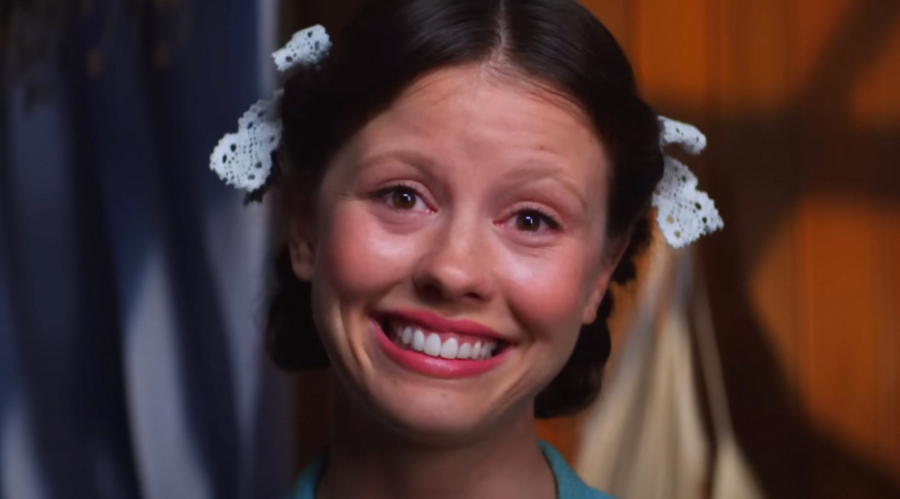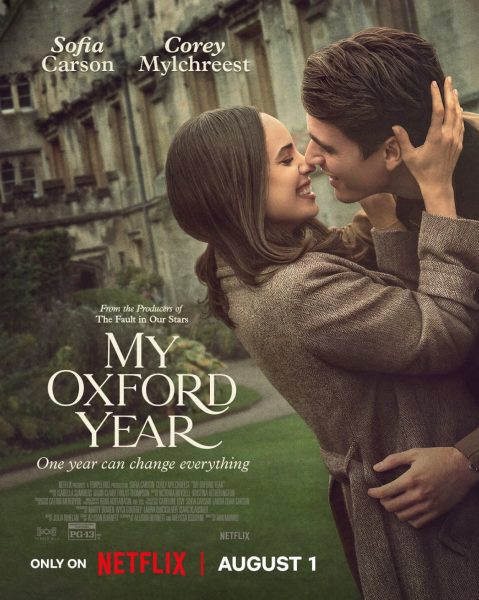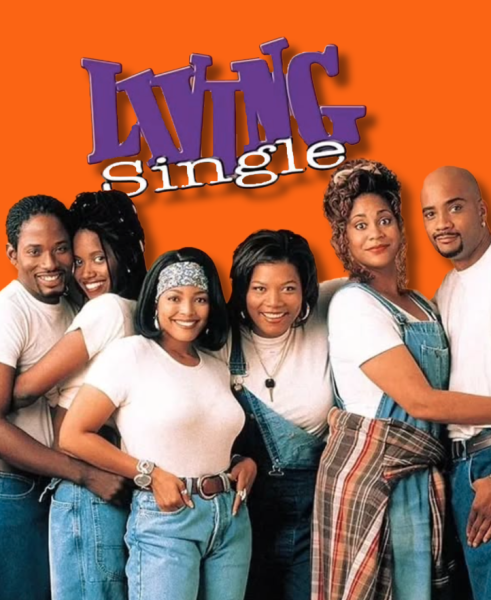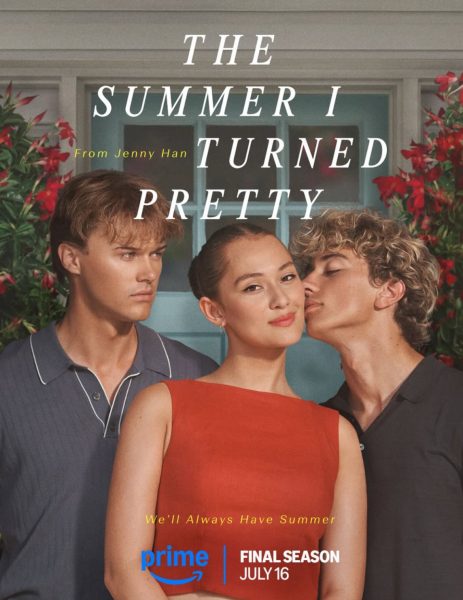“Pearl” is the Technicolor Killing Spree We’ve All Been Waiting For
Ti West’s new film, “Pearl,” starring Mia Goth channels elements from hit classics and horror films. (Courtesy of Twitter)
Wooden barn doors eerily creak open, revealing a turn-of-the-century yellow farmhouse as an orchestra swells in an overture reminiscent of Old Hollywood classics. “Pearl,” Ti West’s second installment to his “X” Trilogy, is “The Wizard of Oz” meets “Texas Chainsaw Massacre” in all the best ways possible. If you’ve seen “X,” you remember the horny and homicidal old woman, Pearl (Mia Goth), who murdered the adult film crew staying on her property. In “Pearl,” Goth ditches her prosthetics, makeup and nightgown for a pair of overalls, pigtails and a pitchfork.
On a Texas farm in 1918, a young woman dreams of stardom in Hollywood, as far away from her cold, overbearing mother and flu-stricken father as possible. In her few moments of free time, Pearl whisks off to town to the picture show, where she meets a projectionist who shows her the future of entertainment: stag films. Besides her mother, father and the occasional visit from her sister-in-law, Pearl doesn’t talk to very many people. Her closest friend is the alligator in her backyard, Theda, who seems to enjoy her company and whatever treats Pearl decides to feed her, murder victims and farm geese alike.
If “X” is a gritty ’70s homage (think “Boogie Nights,” but with murder), “Pearl” is a Walt Disney-made slasher. A woodwind-heavy orchestral score and breathtaking technicolor-like color grading perfectly contrasts with the grizzly, murderous action of the film in the most satisfying way. It’s like Ti West has summoned the spirit of Victor Flemming to deliver us with a horror flick that’s just as beautiful as it is unsettling. The entirety of the “X” trilogy is pastiches of Hollywood classics, and West has said the trilogy as a whole has been designed around “highlighting the craft of filmmaking.” In an interview with Polygon Magazine, West compares “X” to its prequel, “Pearl.” He said, “X was really informed by a love of cinema, and people being affected by cinema. “Pearl” has nothing to do with that. Pearl’s emotional state is much more about wonder and hope and ambition.”
While some are saying “Pearl” is a much better film from a storyline and aesthetic perspective than “X,” I really don’t know. The plot does not really grab my attention until the third act, partly because the mystery of the murderer’s identity is obvious from the beginning. However, in my experience watching the film, I could not take my eyes off of Mia Goth. She is a magnet on the screen, and it is delightfully entertaining to see her farm girl personality turn into a serial killer persona with the drop of a facial expression. In her killing spree, her psychosis is always somewhat grounded in her motivations, and as I left the theater I had to catch myself feeling for the murderous heroine. Where “X” was a campy slasher, “Pearl” has much more empathy and focuses on the “why” over the “how.” As far as prequels go, “Pearl” has definitely achieved what it set out to do, and beyond. And if you enjoyed “X,” then “Pearl” is worth a viewing.













































































































































































































